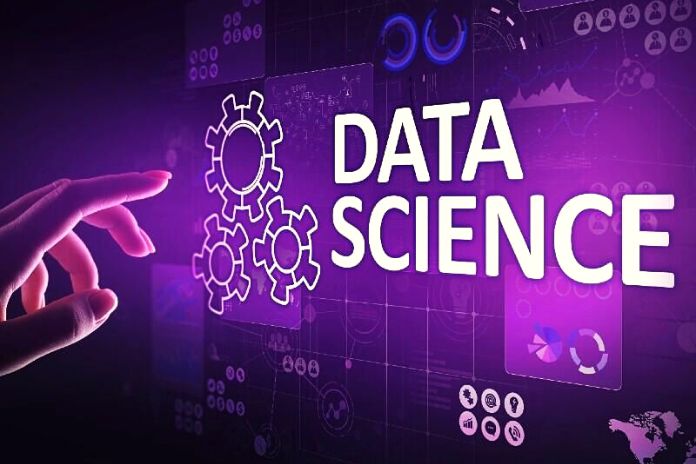Statistics are a fundamental piece of information science. Factual ideas give significant data about information to perform a quantitative investigation. The model structure utilizes measurable methods like relapse, arrangement, time-series examination, and theory testing. Information researchers perform many tests and decipher the outcomes using these quantifiable methods. It is, in this way, fundamental for information researchers to have a solid groundwork in measurements.
Some Statistical Concepts To Know In Data Science
Descriptive Statistics
It is utilized to depict the fundamental qualities of the information that gives an outline of the given dataset that might address the whole populace or an example of the public. Gotten from computations include:
- The mean is the focal worth, usually called the number-crunching mean.
- The mode: This is the worth that shows up most frequently in an informational collection.
- The median is the focal worth of the arranged set that separates it precisely in two.
Correlation
It is one of the super factual methods for estimating the connection between two factors. The connection coefficient shows the strength of the serial association between two elements.
- A connection coefficient more prominent than zero demonstrates a positive relationship.
- A connection coefficient under zero shows a negative relationship. An invalid connection coefficient indicates no connection between the two factors.
Variability
The variability includes the following parameters:
- Standard Deviation: A statistic computes the scattering of a bunch of information from its mean.
- Variance: This is a substantial proportion of the contrast between numbers in a bunch of information. This is the distinction from the normal. An enormous change shows that the numbers are exceptionally distant from the mean or the mean worth. A low difference demonstrates that the numbers are nearer to the mean qualities. A zero difference indicates that the rates are indistinguishable from the given set.
- Range: The distinction between the most significant and littlest worth in an informational collection.
- Percentile: This is the action utilized in measurements that shows the worth underneath which the given level of perceptions in the informative collection falls.
- Quartile: Characterized as the worth partitions the data of interest into quarters.
- Interquartile range: It estimates the center portion of the information. This is the center portion of the dataset.
Regression
A strategy is used to decide the connection between at least one free factor and a dependent variable. Relapse is, for the most part, of two kinds:
- Linear Regression: It is utilized to fit the relapse model that makes sense of the connection between a mathematical indicator variable and at least one indicator factor.
- Logistic regression is utilized to fit a relapse model that makes sense of the connection between the double reaction variable and at least one indicator factor.
Probability Distribution
It determines the likelihood of every single imaginable occasion. An experience alludes to the result of an investigation. Events are of two kinds: reliant and free.
- Independent Event: The occasion should be autonomous when past experiences don’t impact it. In any case, this outcome is free of the primary test.
- Dependent Event: The occasion is supposed to be reliant when the event of the occurrence relies upon past experiences. The likelihood of free circumstances is determined by duplicating the possibility of every occasion, and that of a reliant affair is determined by the restrictive chance.
Normal Distribution
The ordinary dissemination is utilized to characterize the likelihood thickness capability of a persistent irregular variable in a framework—the standard expected dispersion with two boundaries: the mean and the standard deviation. When the circulation of the varying factors is obscure, the typical distribution is utilized as far as possible. The hypothesis legitimizes the utilization of the ordinary dispersion in such cases.
Bias
In statistical terms, this is when a model is representative of an entire population. It needs to be minimized to get the desired result. The three most common types of bias are:
- Selection bias is a peculiarity of choosing a gathering of information for factual examination, choosing to such an extent that the data isn’t irregular, bringing about information not delegated to the whole populace.
- Confirmation bias happens when the individual playing out the measurable examination has predefined speculation.
- Time interval bias is caused deliberately by indicating a specific time to lean toward a particular result.
Aside from these, there are different measurement points for information science. For example,
- As far as a possible hypothesis
- Predisposition/fluctuation compromise
- Speculation test
- Connection between factors
- Covariance
Also Read: Cybersecurity: Five Measures To Protect Your Networks

